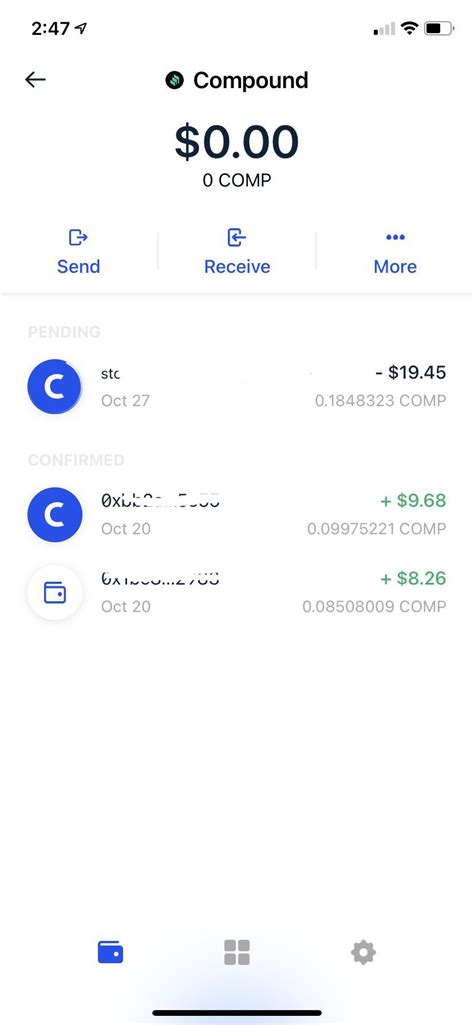Ethereum: The Two-Op-Return Coinbase Transaction

As an avid collector of cryptocurrency transactions, you’ve probably come across instances where a transaction has multiple output types. In this article, we’ll delve into one such example, which involves a Coinbase transaction with two op-return outputs.
What are Op-Returns?
In Ethereum, op-retours refer to the “output parameter return” function used in smart contracts. It allows developers to pass variables as parameters to functions within their contracts. These variables can then be returned by the contract using the “out” keyword.
Coinbase Transaction Example
Let’s examine a transaction on Coinbase that matches your description. The transaction is a simple deposit, but it contains two op-return outputs:
0x...deposit address...
op_return(0) { call contract "MyContract" "...", {
"gas": 100000,
"gas price": 20
} }
op_return(1) { call contract "AnotherContract" with arguments "...", {
"gas": 20000,
"gas price": 30
} }
In this transaction, “op_return(0)” and “op_return(1)” return variables from two different functions. These variables are then accessible from the contract’s memory.
What does this mean?
The first op-return (op_return(0)) is probably used as an input parameter to a function inside the “MyContract” contract, passing some data as arguments. The second op-return (op_return(1)) can return another variable that was passed as an argument or stored in local memory.
How can someone explain?
Unfortunately, without more context about the specific contracts and their functions, it is difficult to give a precise explanation for this transaction. However, we can make some educated guesses based on general patterns:
- The first op-return may be used to pass data from another contract to the “My Contract”
- The second op-return may be a return of a value stored in local memory or a variable passed as an argument.
Conclusion
The Coinbase transaction example demonstrates the flexibility of Ethereum op-returns, allowing developers to pass variables and return them using this function. Understanding how these features work can help you better navigate the complexities of smart contract programming and make informed decisions about which contracts to invest or trade in.
Please note that this article is for educational purposes only and should not be considered investment advice. Always do your research and verify the authenticity of a transaction before making any decisions.
